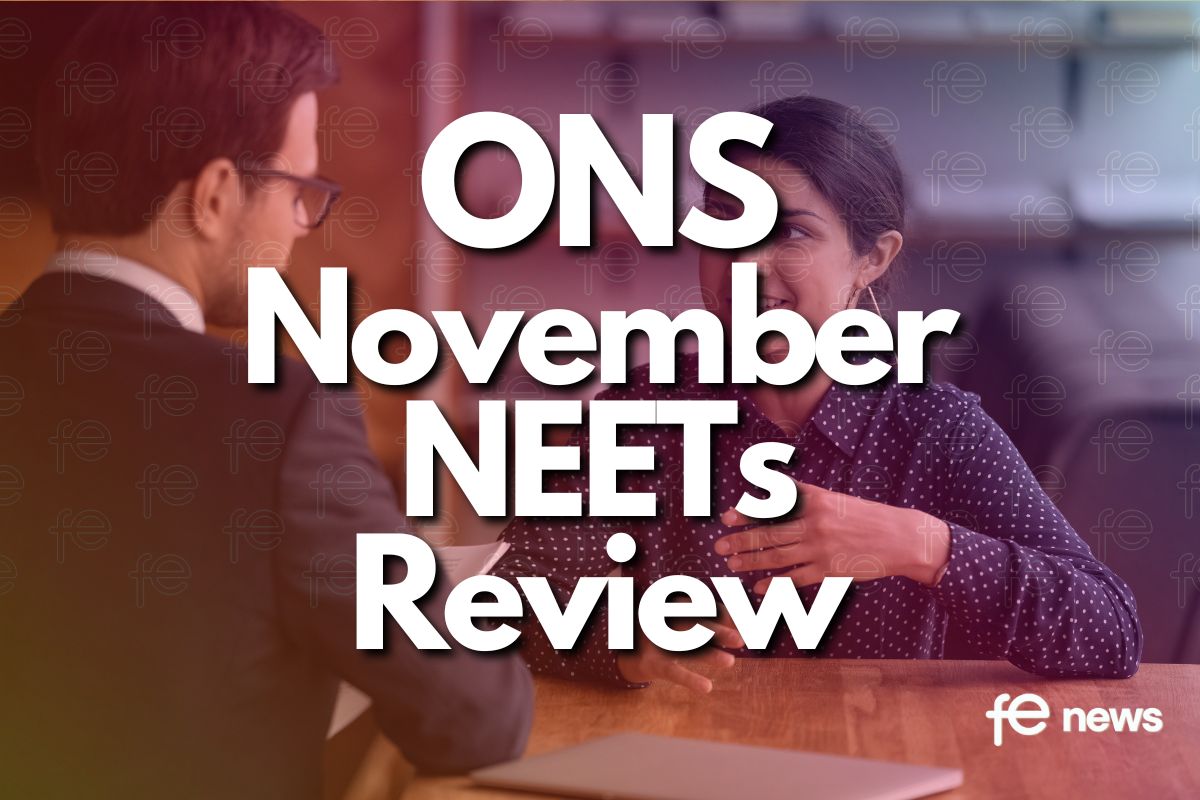Only third of businesses are fully utilising their people data, research shows

Robust HR analytics and reporting is essential for any organisation looking for real-time insights into their workforce. But less than a third of UK employers are thought to be getting the most out of their people data.
New research commissioned by HR software provider Ciphr shows that just 32% of HR professionals believe that their organisation fully utilises its people data to make evidence-based, strategic decisions.
That leaves over two-thirds (68%) of organisations that are not fully utilising workforce reporting to better inform decision-making and improve outcomes.
The findings, from a survey of 300 UK-based HR decision makers, also suggest that nearly two-thirds (64%) of organisations don’t actively seek HR’s input on business decisions – even though HR are the people who know the makeup and capabilities of the workforce better than anyone.
Claire Williams, chief people and operations officer at Ciphr, says:
“It’s important to recognise the impact that utilising people data can have on overall company performance. Businesses that aren’t fully harnessing these powerful insights, particularly for planning ahead, are being incredibly short-sighted. People costs can be at least 80% of an organisation’s P&L (profit and loss), so this data should be scrutinised and leveraged in every way possible – the same way many look at their sales, marketing and pipeline data.
“Everyone knows you need people to run a business. Successful businesses know how to identify and harness their talent – their people – to ensure they continue to grow and succeed.
“People data is essential to this. Having an improved understanding of your workforce can help instil business confidence that you can scale your people in line with forecast growth. It can help inform workforce planning so that you can hire ‘just in time’ rather than once the capacity gap has started to impact your customers. It can give a clearer picture, backed by evidence, of how long it takes you to get new starters competent and ready to start making sales or servicing customers.
“As a business, could you easily identify your risks in relation to turnover or burnout, without in-depth workforce reporting? Do you know who your high and low performers are? If you don’t know where to focus your time and energies, it’s much harder to overcome retention challenges, for example, or ensure the right training needs are met.
“HR teams need to be able to access and utilise robust people data to answer these questions. Especially when the HR profession is becoming more recognised at board-level for its strategic value.”
But which HR metrics are the most useful and important to track and review regularly?
When asked to select which HR metrics (if any) they believed to be most important for their organisation to track regularly, nearly a third of the 300 HR professionals polled cited employee turnover rate (31%), employee engagement (30%) and quality of hire (30%).
Absence records ranks fourth (selected by 27% of people), followed by employee performance measures or KPIs – key performance indicators (26%).
Next on the list of must-track HR metrics is reasons for absences, followed by employee training qualifications and training days per employee (with 23%, 22% and 20% of votes respectively).
Revenue per employee (17%) and compliance reporting – ie the percentage of employees trained in company policies (14%), round out the top 10.
The full results are available at CIPHR. Ciphr commissioned Onepoll to conduct an independent survey of 300 HR decision makers in February 2024.











Responses